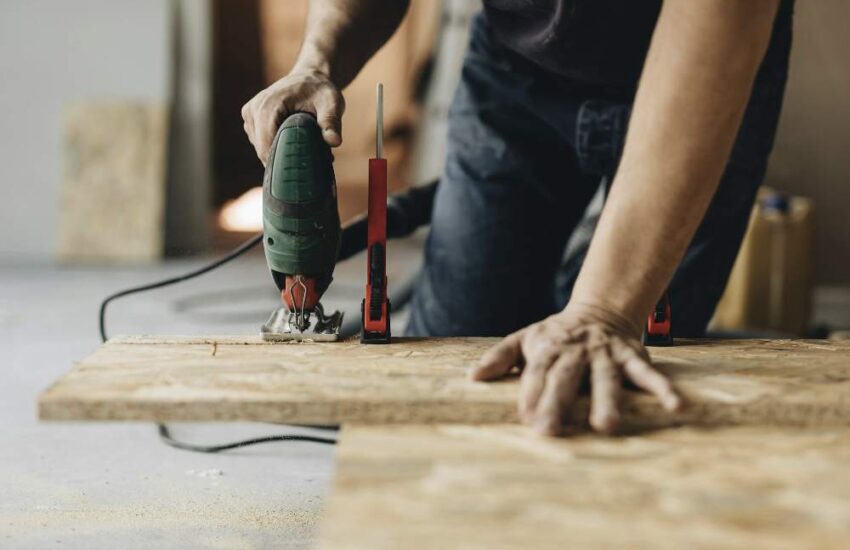How to Identify and Replace Commonly Worn Forklift Parts
Over time, wear and tear can significantly shorten the lifespan of a forklift. While gentle operating practices and regular lubrication reduce the frequency of repairs, some parts are prone to deterioration over time.
Technicians must diagnose and repair problems to ensure operator safety and equipment longevity. However, attempting DIY repairs can put employees at risk and void any warranties.

Forks
Whether your forklift is an electric or internal combustion model, it needs regular upkeep to function well throughout its lifespan. Understanding which forklift parts are most commonly replaced can help you keep a good inventory of replacements.
The forks on a forklift are designed to handle heavy loads but also come into frequent contact with pallets, racks, walls, and columns. This makes them vulnerable to damage that can cause them to bend, crack, or lose thickness over time. Regular inspections should look for signs of bending, a loss of fork thickness, or stress fractures.
Just like a car or truck, your forklift needs tires that are in good condition to transport loads safely. If you spot bald or cracked tires, you should replace them immediately with Taylor Dunn parts before they fail, resulting in a costly breakdown. You should also stock up on lift chains and inspect them regularly for elongation or signs of wear.
Brakes
Forklift brakes are essential for safely slowing and stopping the vehicle to avoid collisions, injuries, or product damage. They’re also crucial for navigating turns and transporting loads efficiently. Brakes are one of the most common forklift parts to need replacement, and regular inspections can help you spot signs of deterioration.
If a brake fails, a load could fall and seriously injure an associate or cause significant equipment damage. During inspections, keep an eye out for signs of brake wear and tear, such as metal-on-metal grinding, squeaky brakes, or other changes in performance. Also, keep a stock of replacement forklift brake parts on hand. Choosing the cheapest option can cost you more money in the long run, as cheaper forklift parts wear out faster and must be replaced more frequently. This causes downtime, lost productivity, and additional maintenance costs. Investing in quality brakes can save you time and money over the forklift’s life.
Tires
When appropriately used, forklift tires enable smooth movement, increased fuel efficiency, and the ability to reach a complete stop safely. However, tires that wear out quickly increase the risk of accidents and downtime.
Forklift tires have tread wear indicators that help operators determine when to replace them. The penny test is the easiest way to test the depth of your forklift tires’ tread. Place a penny into one of the tire’s tread rows so that Abraham Lincoln’s head is facing down and crouch down to get your eye level with the surface of the tread. When the top of Lincoln’s head is flush with any tread wear indicators on your forklift tire, it’s time to replace them.
Tires should also be inspected for visible damage and uneven wear that may indicate a wheel alignment problem, incorrect inflation pressure, or the need for a tire rotation. Uneven tire wear could lead to a puncture or blowout that causes costly downtime and puts your associates at risk of injury.
Batteries
Electric forklift batteries can be expensive, especially when the downtime from a battery failure is valued at $3,000 per minute. The batteries also need regular maintenance and recharging to extend their life.
Lead-acid batteries contain two high-risk chemicals — sulfuric acid and lead — and require PPE such as splash goggles, an acid-resistant apron, a face shield, and rubber gloves for handling. They must also be stored in a designated station away from open flames and other ignition sources.
Batteries are a vital forklift component that needs regular watering to ensure that deionized or distilled water covers the battery plates. During this maintenance, the forklift must be shut down and engaged parking brakes applied. A forklift technician can then move the functioning lift to within 18 inches of the deadlift, connect a black cable from the functioning lift’s negative terminal to the battery’s positive terminal and engage its engine. The forklift will run for a few minutes to provide enough power to remove the battery.


